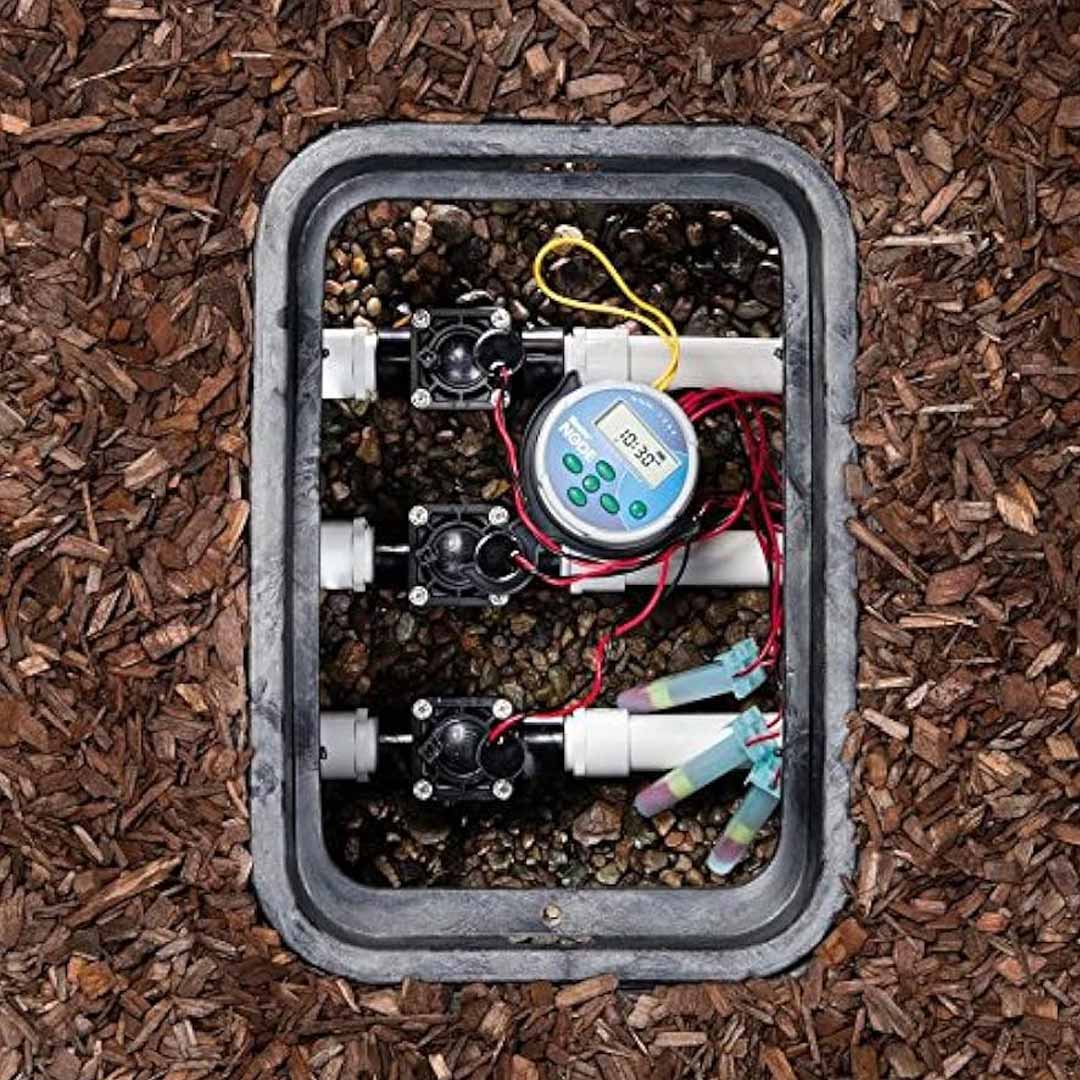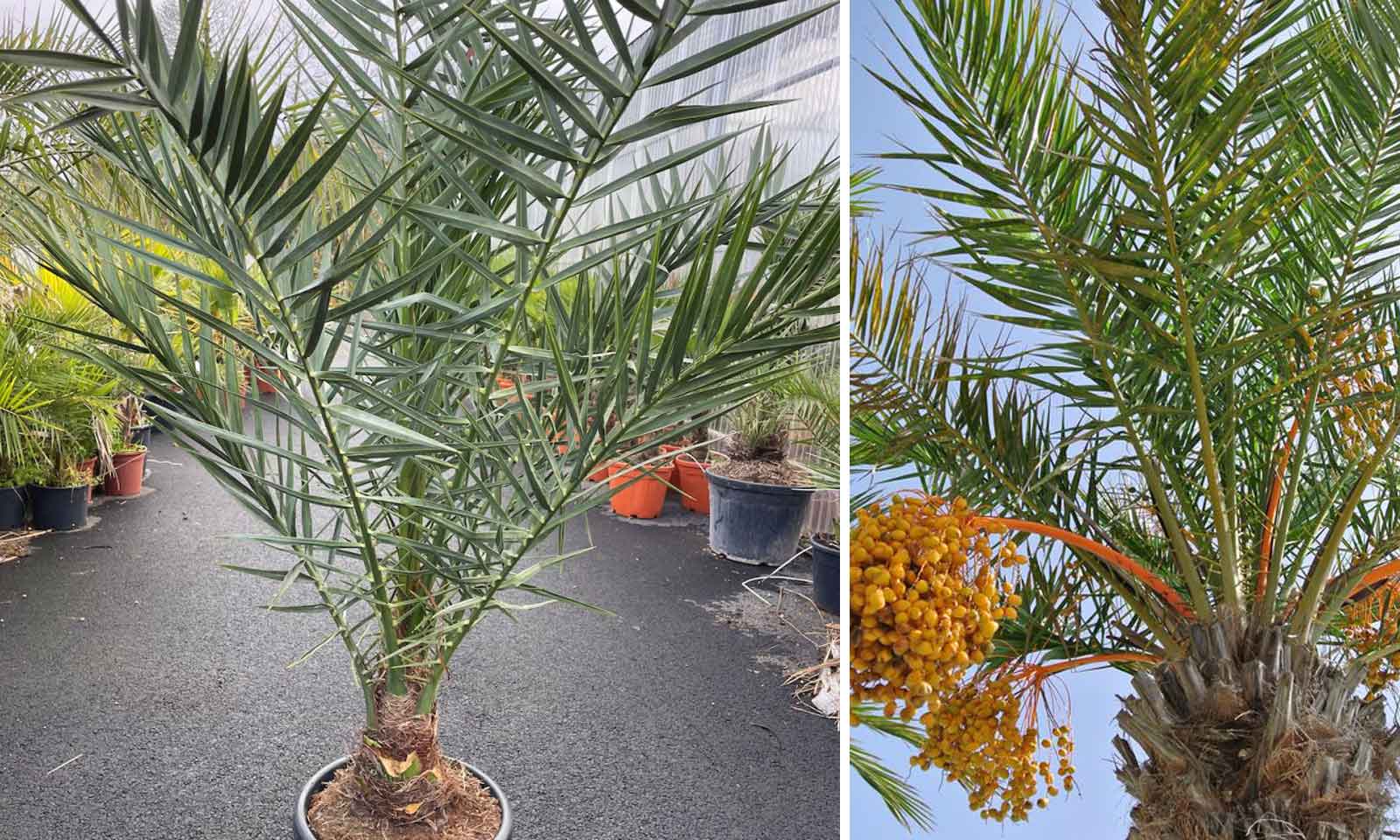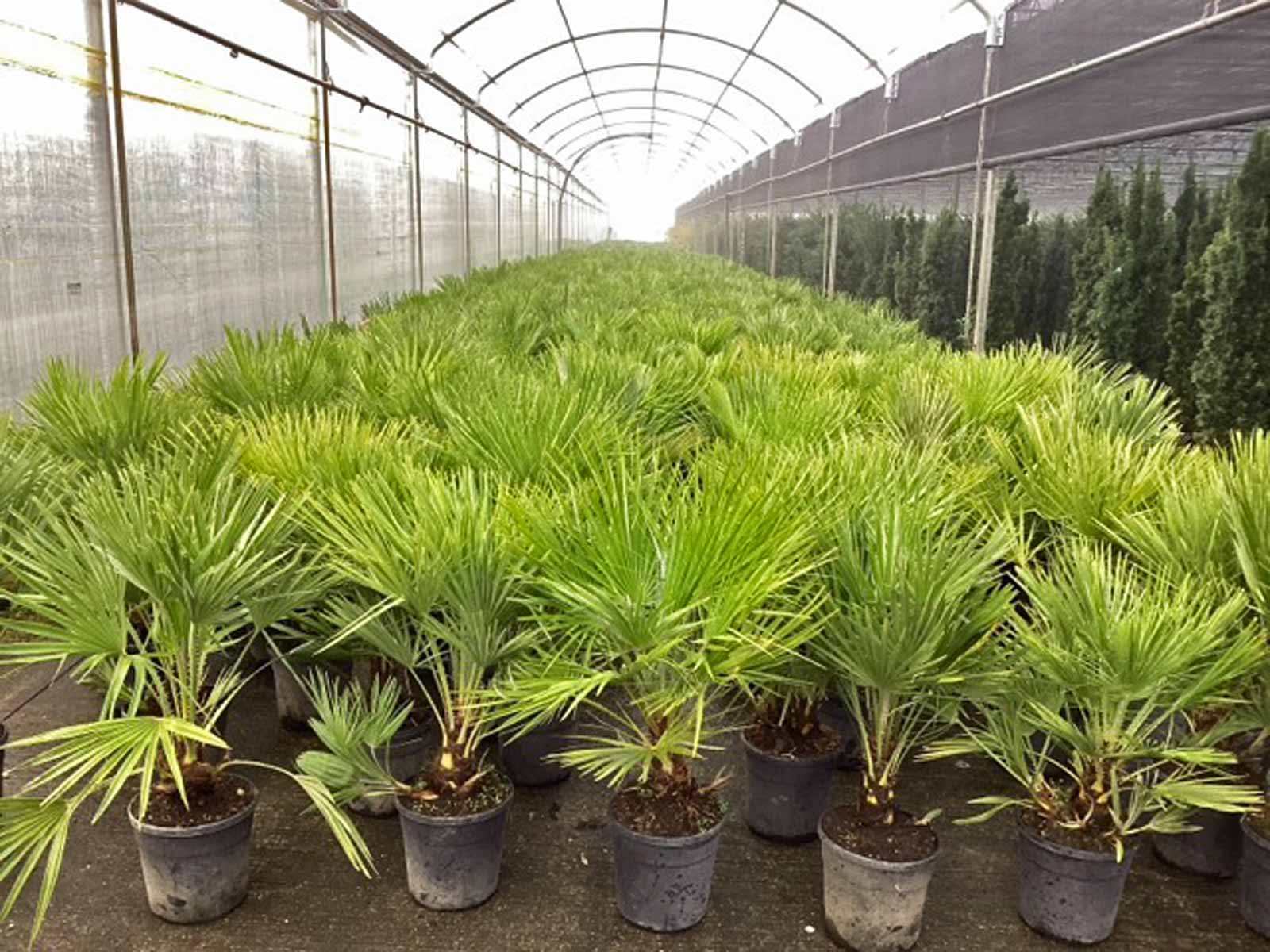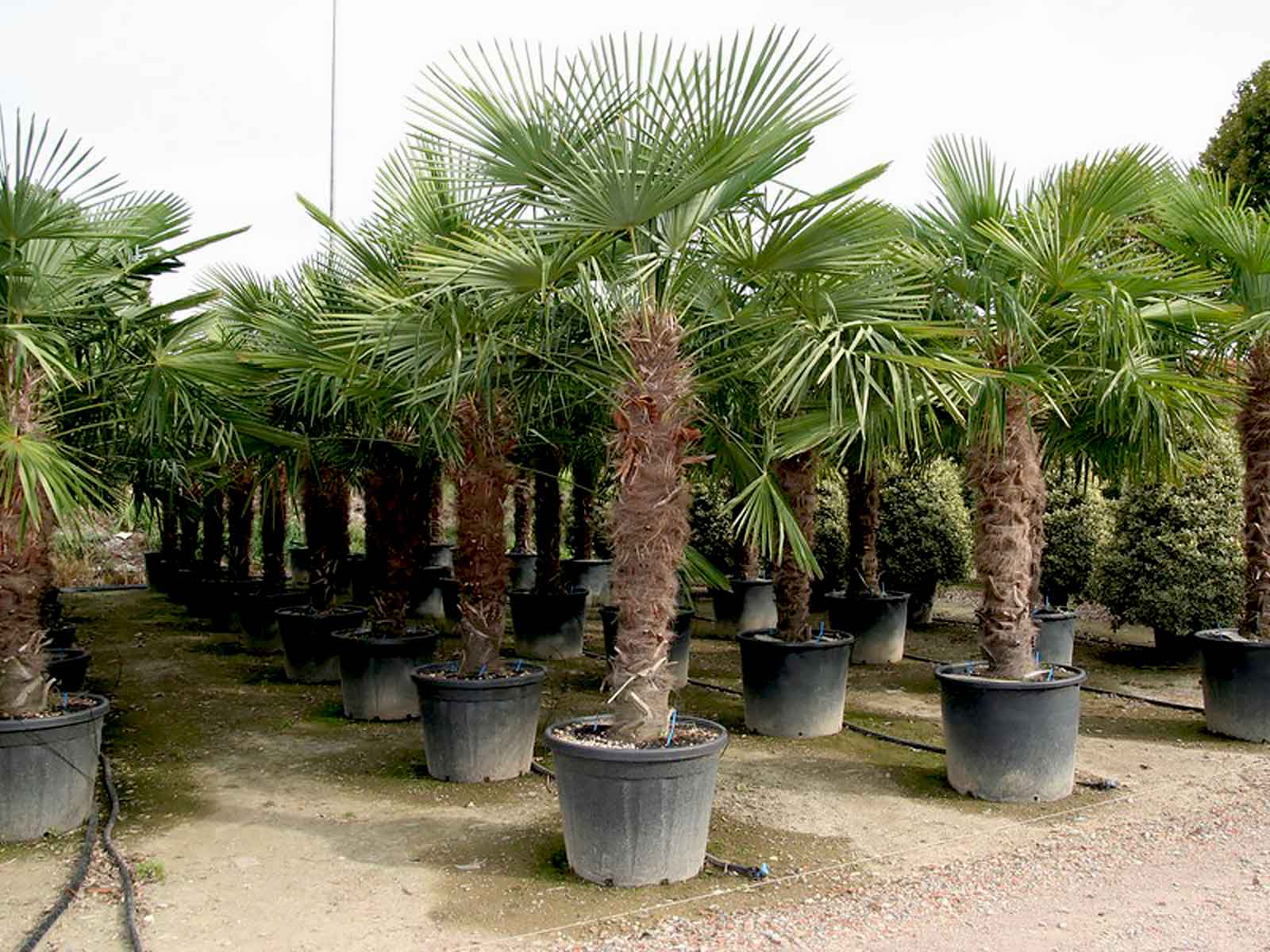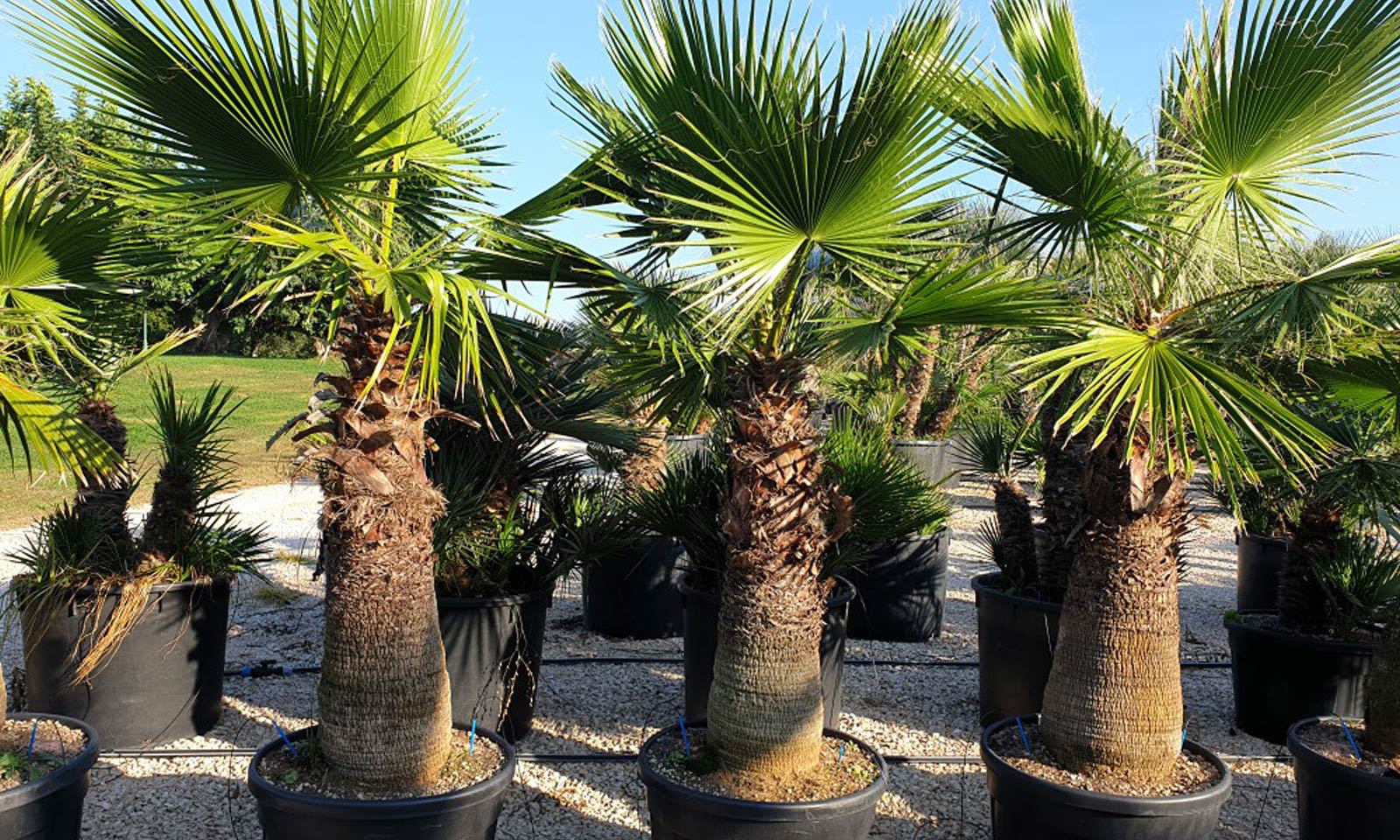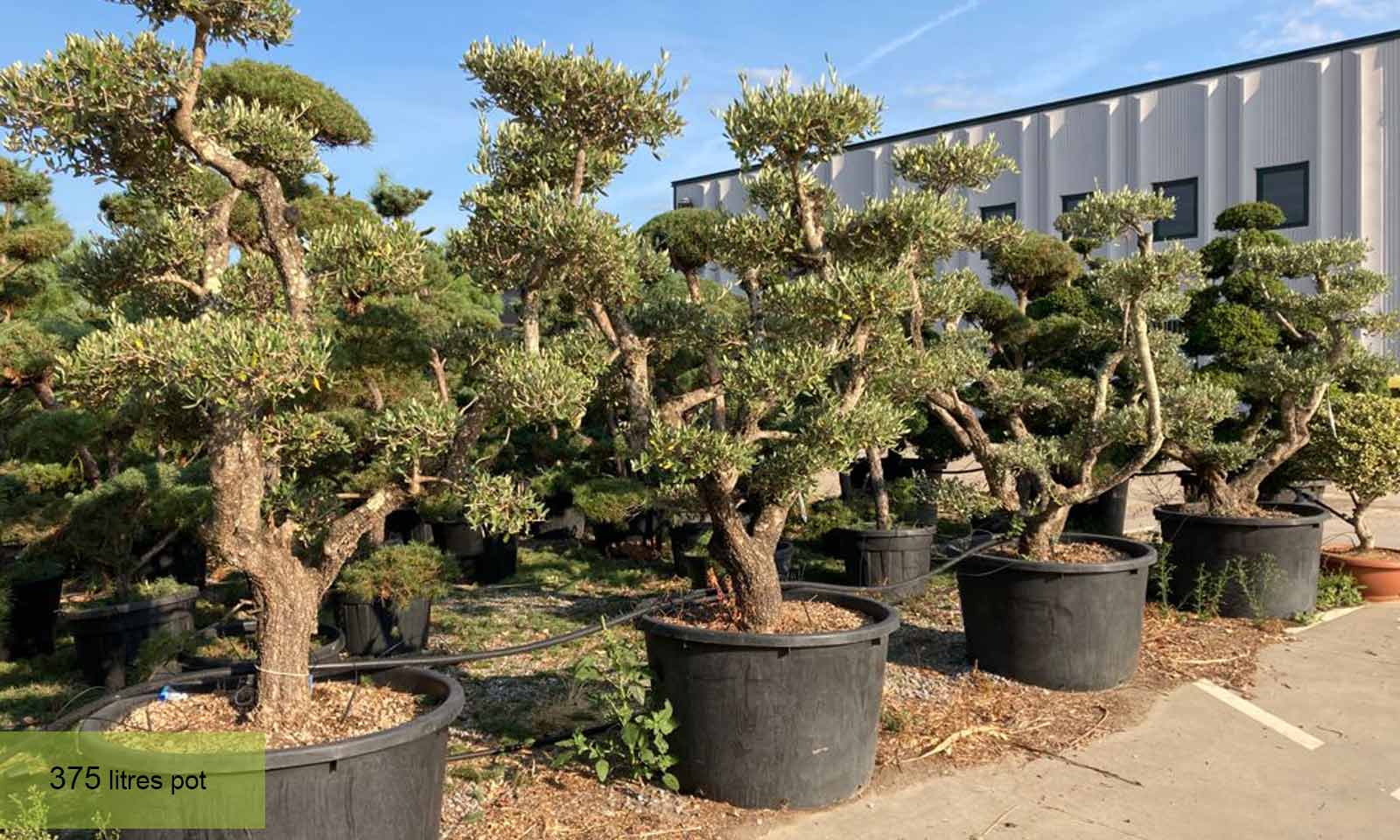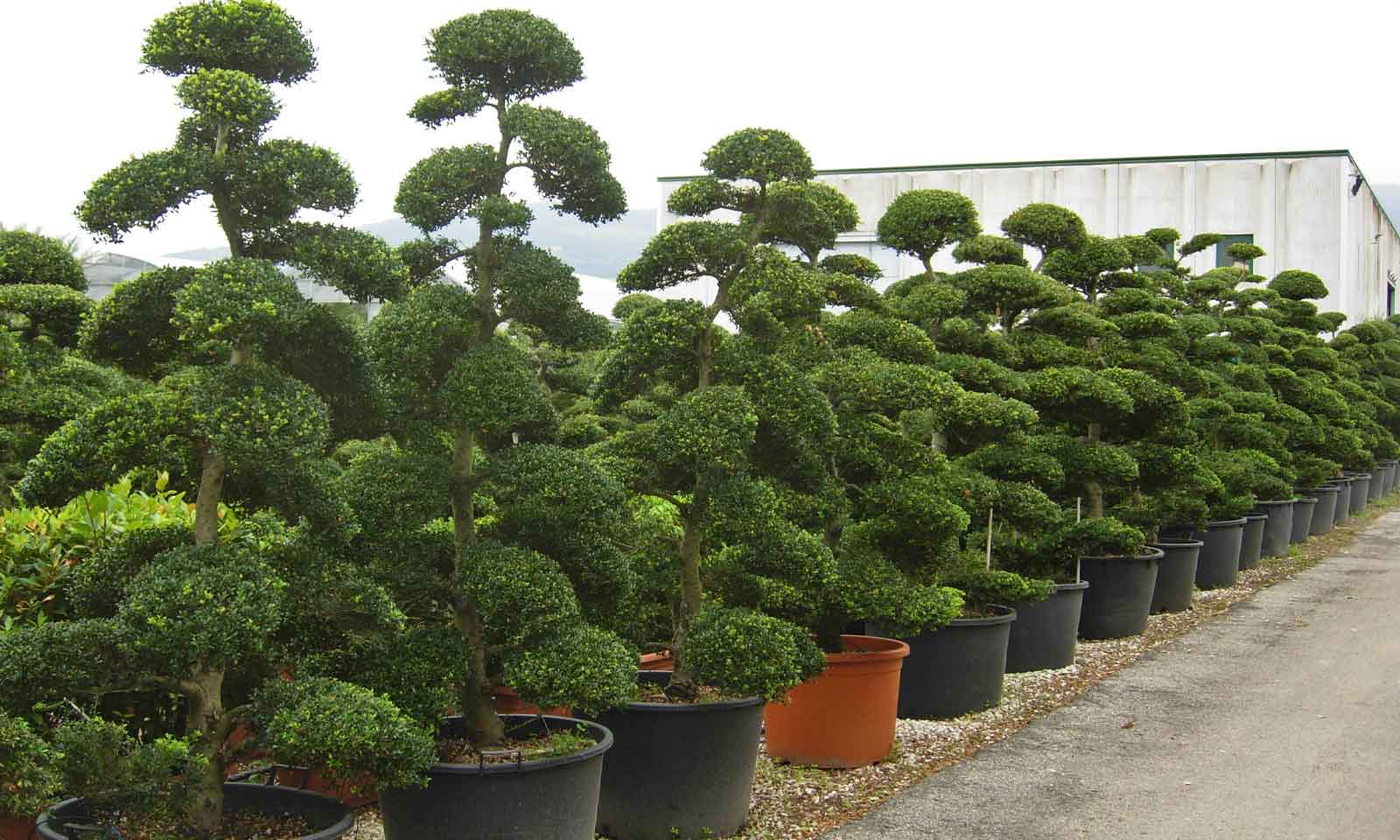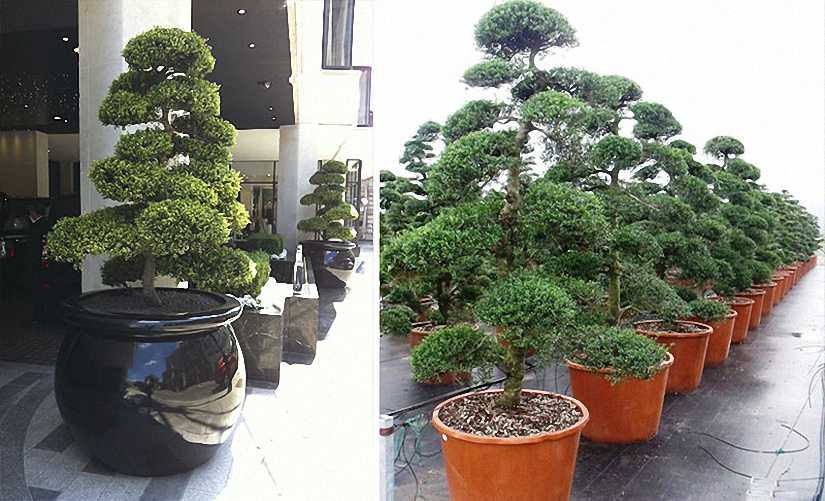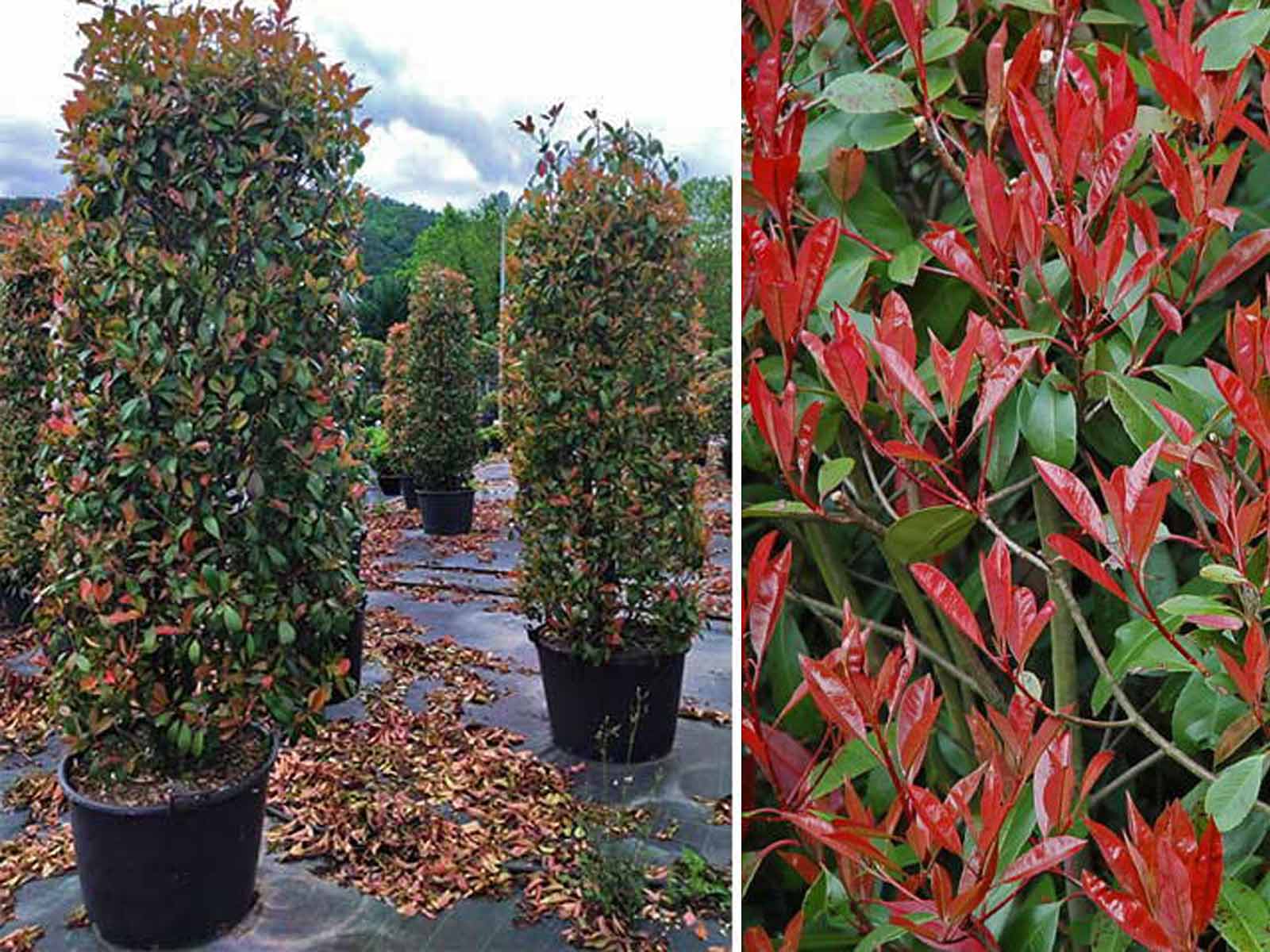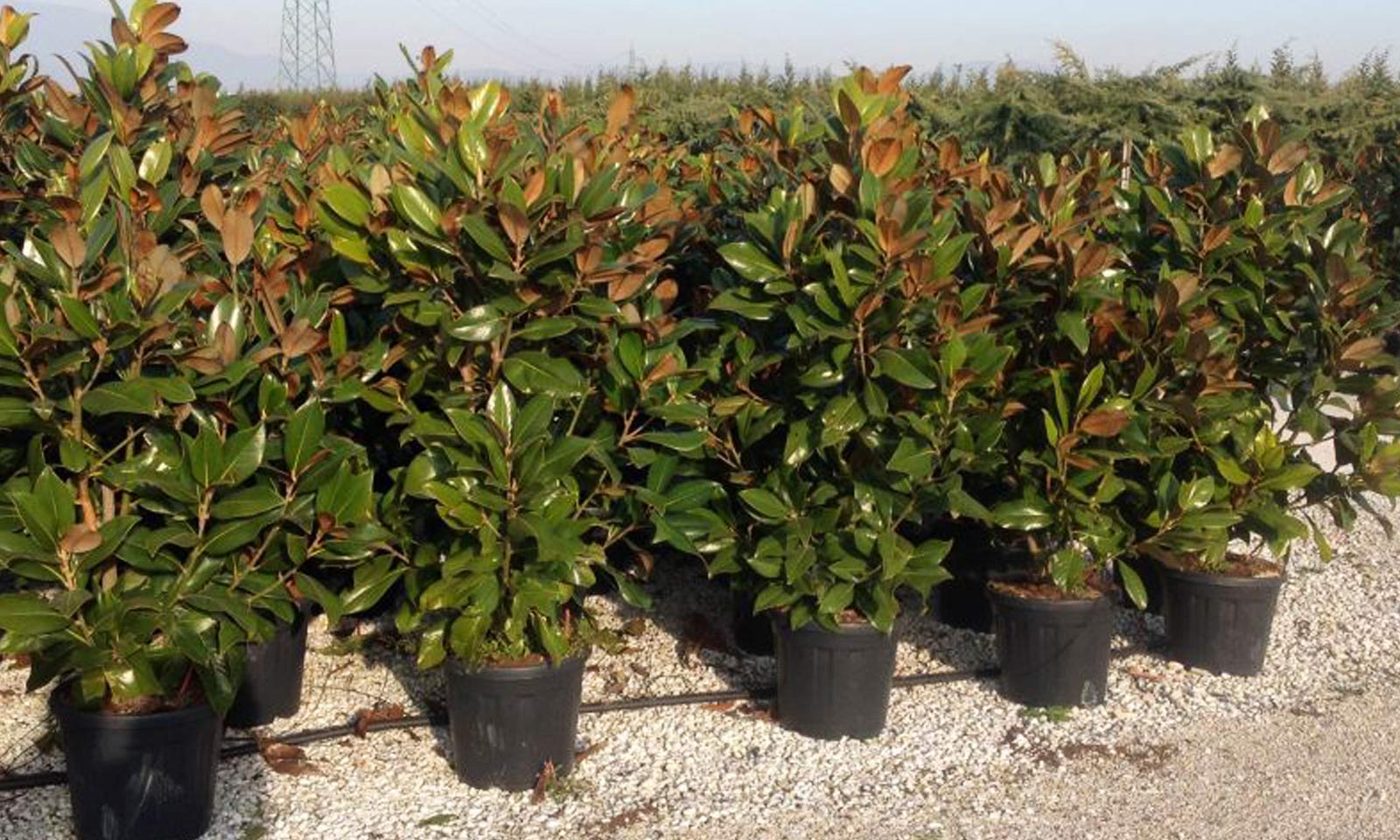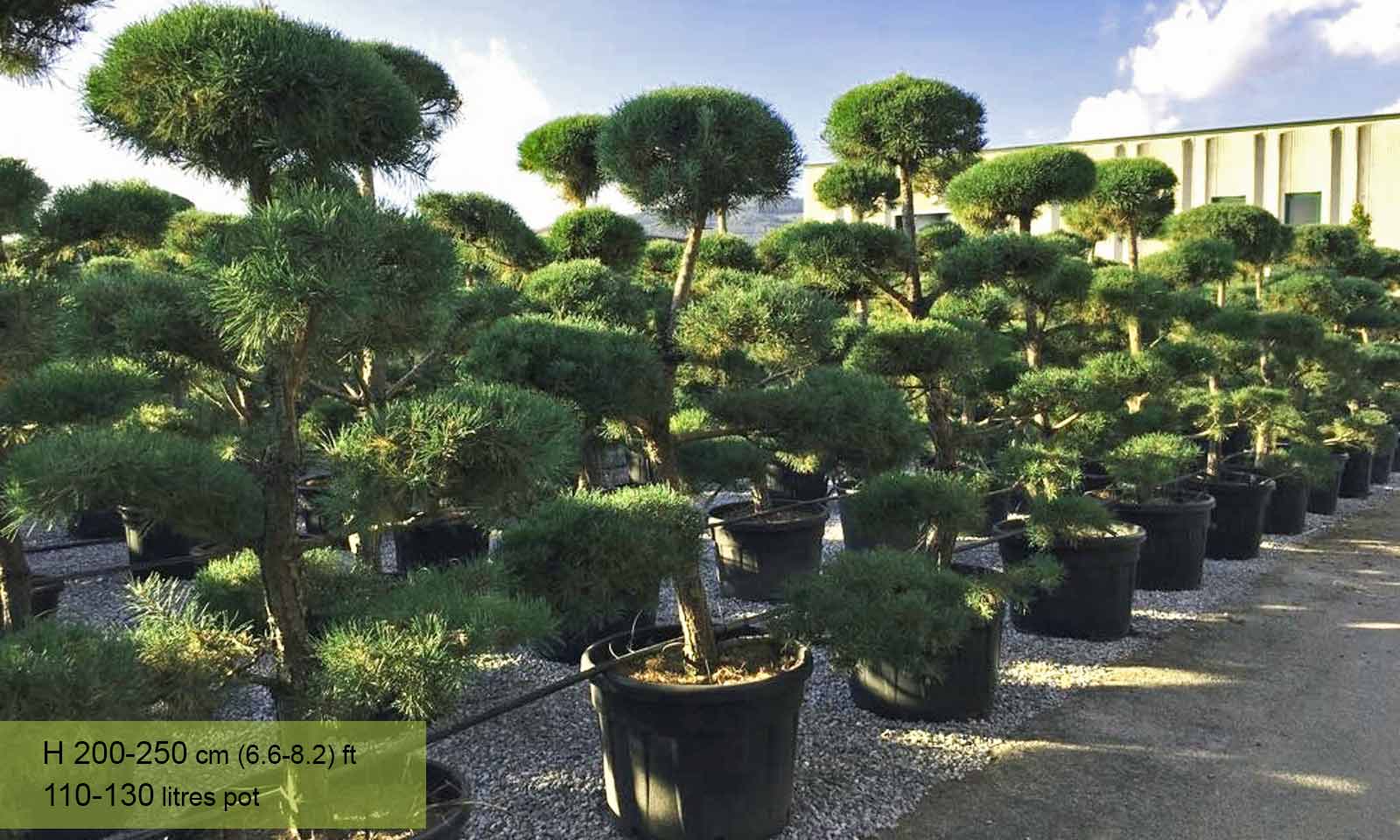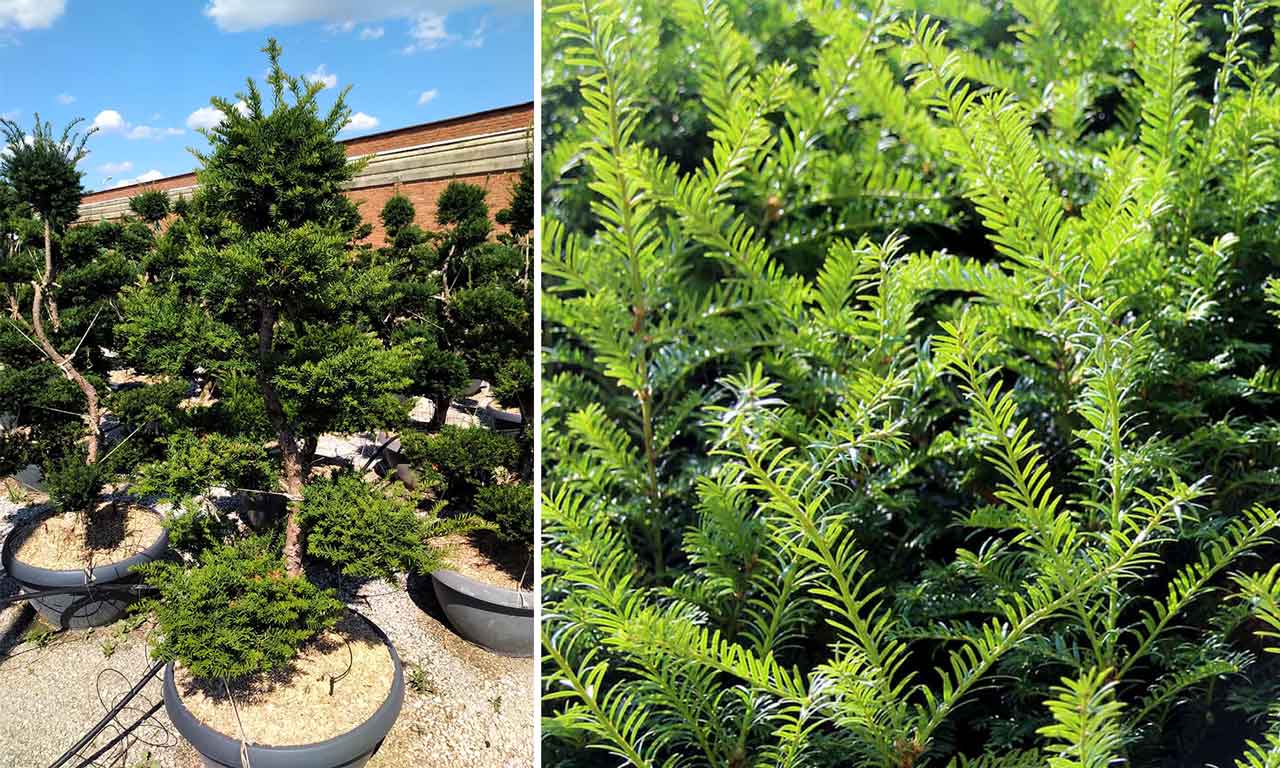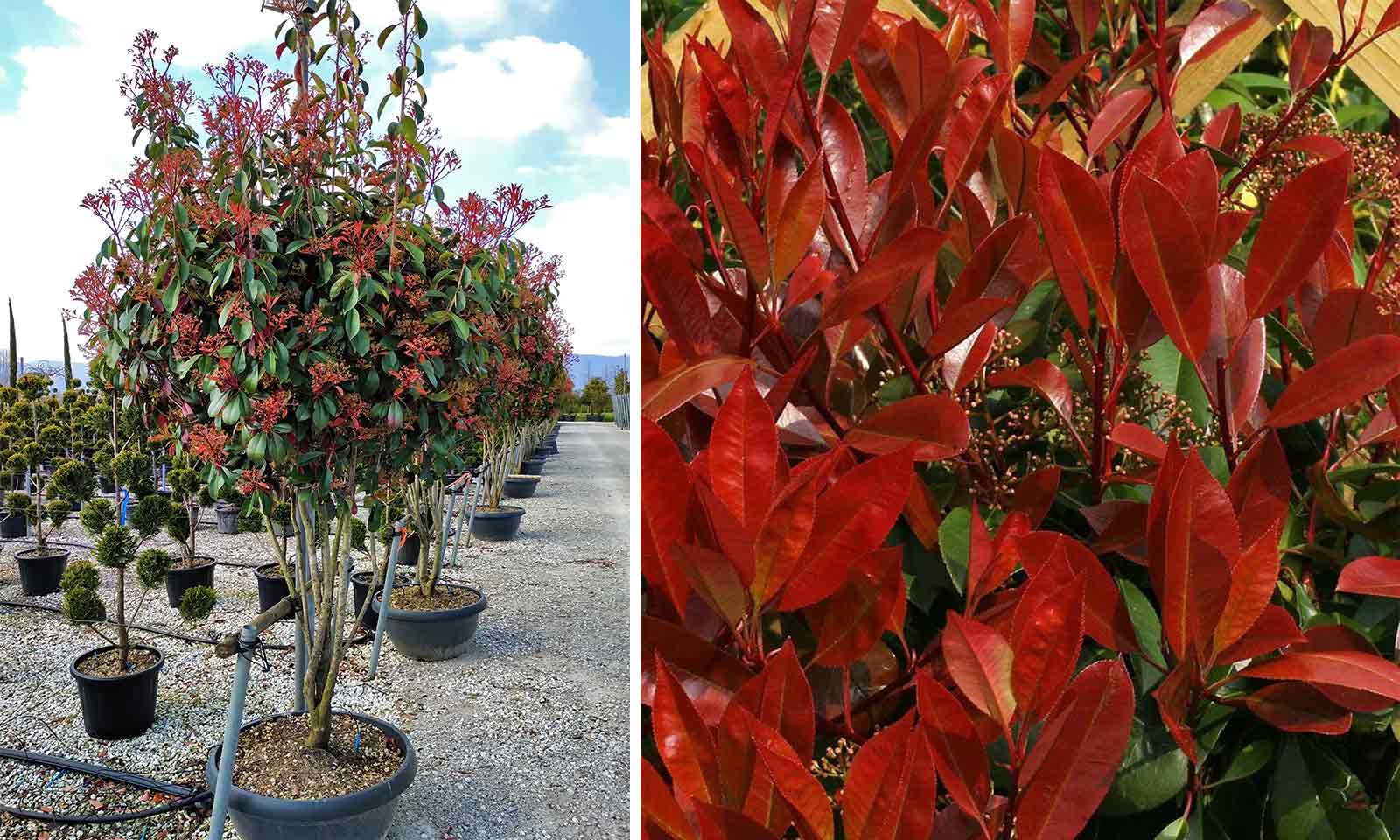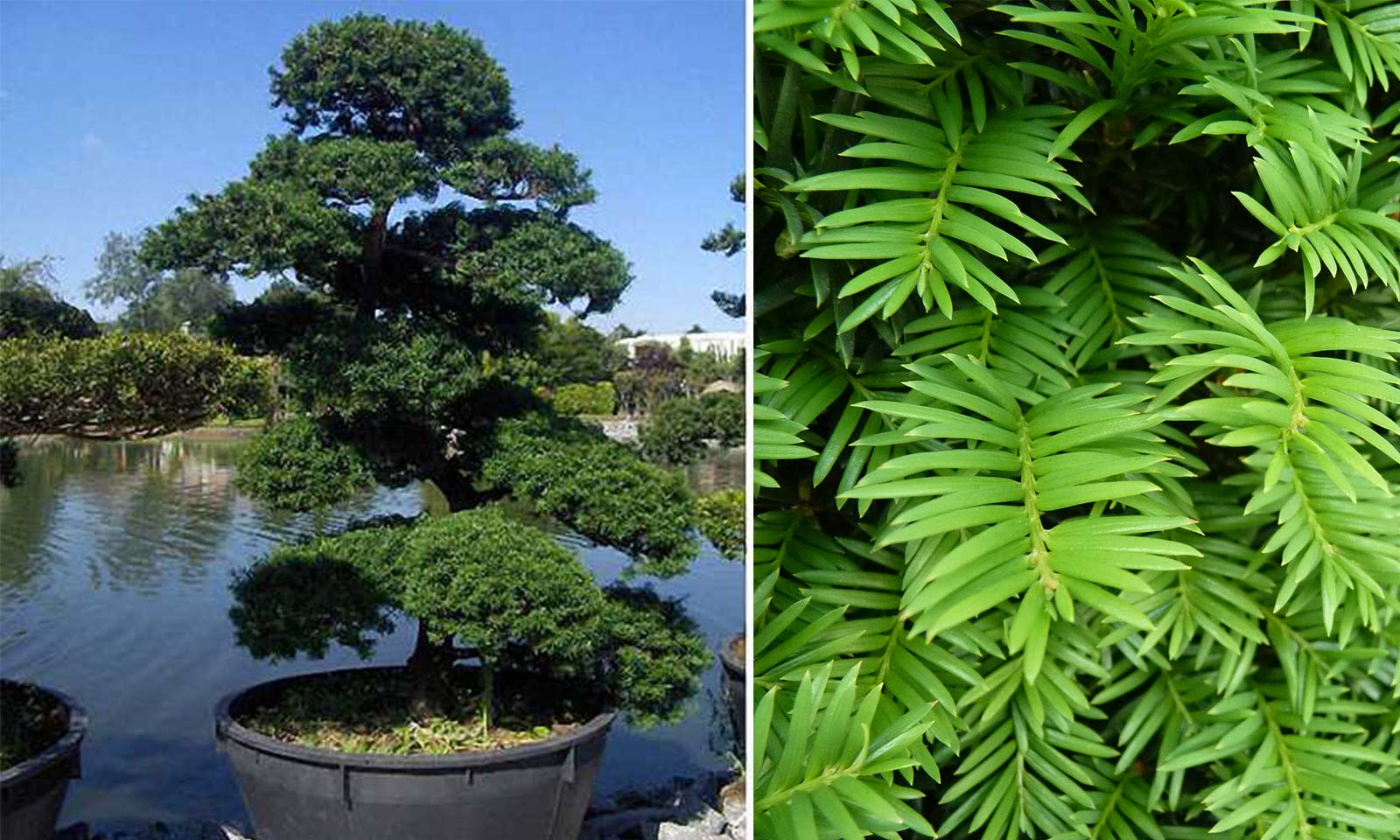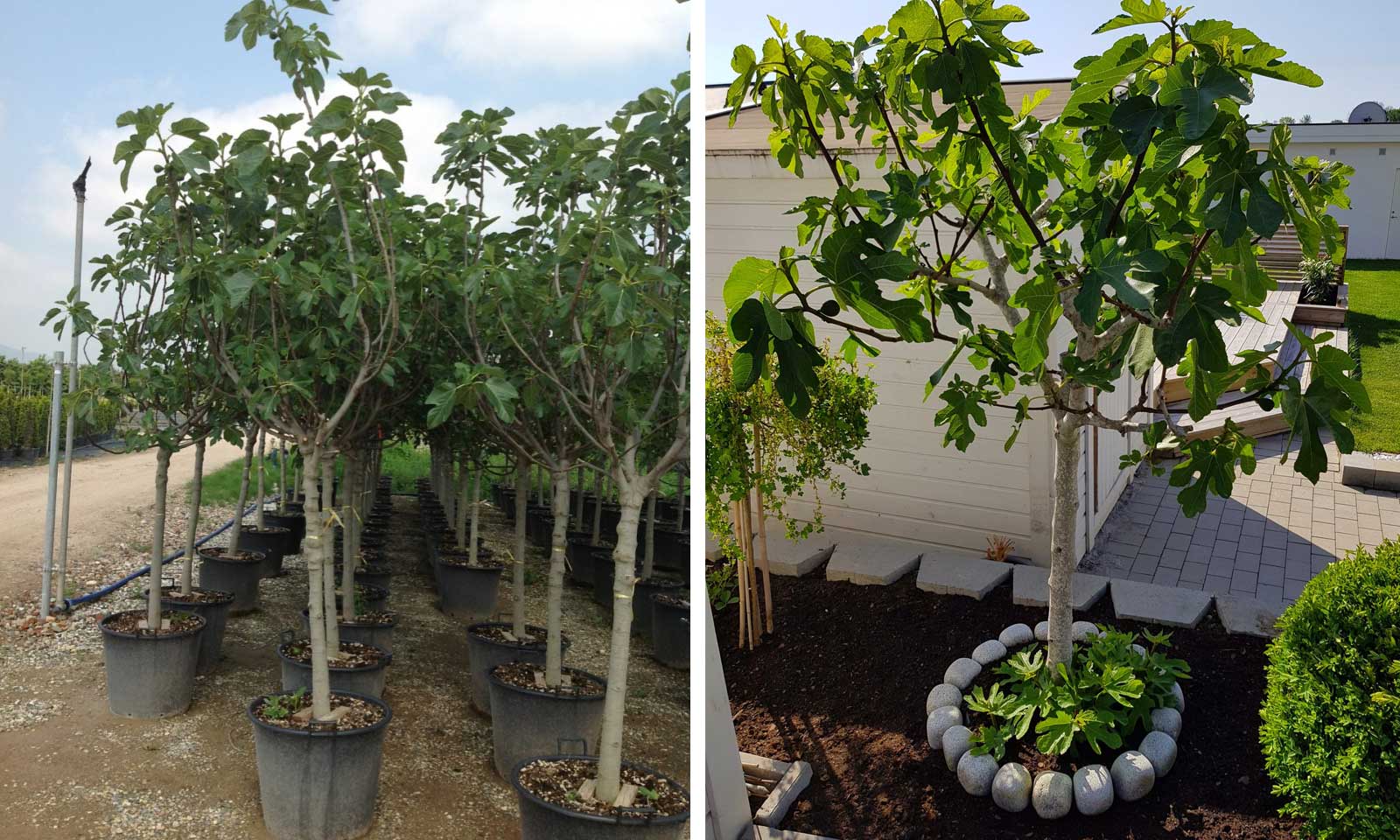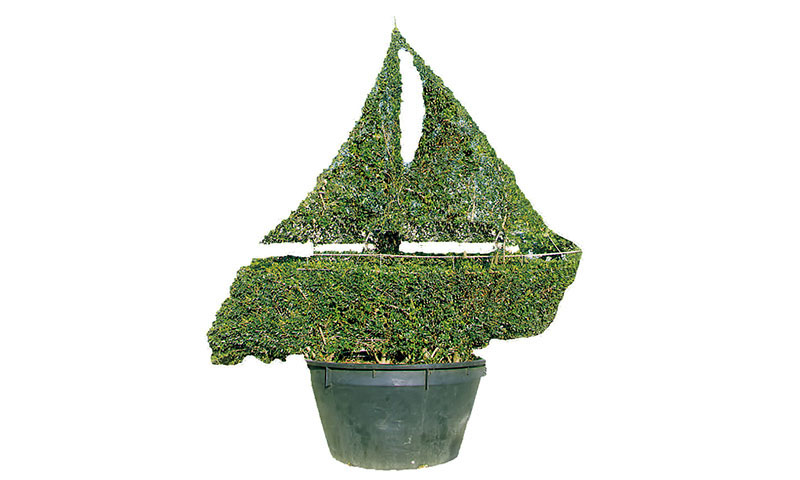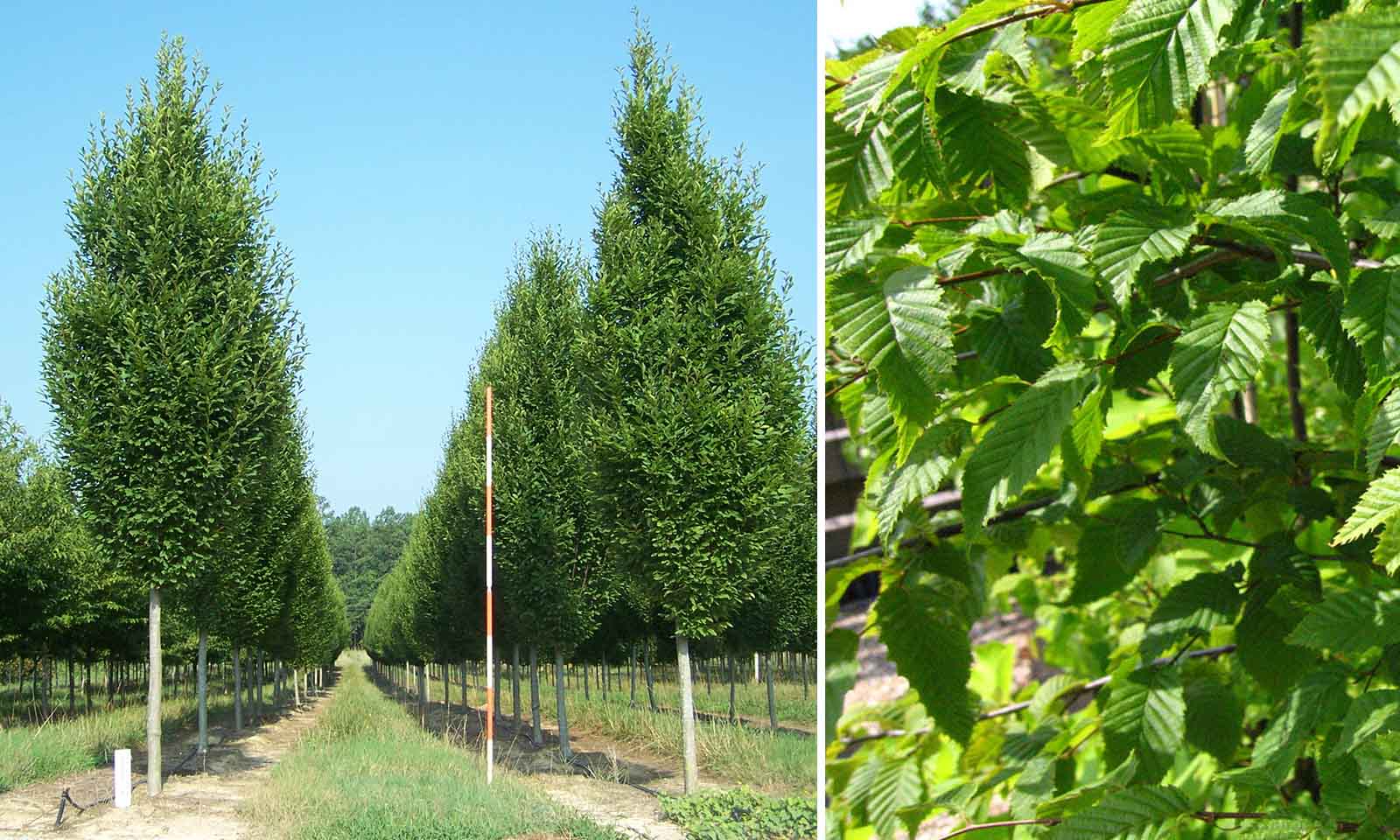White Pine (Pinus Pentaphylla) Japanese Style - 200-220 cm / 6.6-7.2 ft
A wonderful collection of White Pine Bosai Trees, with bluey-green needles arranged into graceful crowns.
At over 30 years old, our range of Japanese White Pine Bonsai Trees have been dutifully cared for by our expert growers and now they are ready to take pride of place in your garden. One of the old favourites for bonsai parenting, white pine has an enchanting appearance – its smooth blueish green pine needles, contrast beautifully against the tree’s rough grey bark which curves and twists as it ages. All of our Japanese White Pine Bonsai Trees have so much character and charm, that they’d easily be at home in a child’s fairytale.
These styles of Japanese White Pine Bonsai Trees are well-developed, but you’ll still have a few decades to enjoy their beauty before they reach maturity at around age 60. Originally from the mountains of Japan, they are resilient to the British climate, and should only be protected during periods of extreme of hot and cold. They will look stunning in any open space and create regular interest as they continue their irregular growth habit. Additionally, their cones sometimes stay on the branches for many years and their flower buds and needle clumps have a very pleasant aroma.
Our Premium Bonsai Plants have been specially sculpted to form distinctive shapes. This growth-training is a process that can take over 30 years to create trees of this size. This care and attention becomes entwined with the plant itself – giving them a genuine “wow factor” and making them a favourite talking point with everyone who sees them. A Premium Bonsai Plant can help to create an atmosphere of luxury, sophistication and dedication in your garden, workplace, office atrium or shopping centre.
Traditionally described as “unique”, this is no longer entirely true – thanks to the expert growers here at GardenPlantsOnline, it is now possible to produce bonsai plants with similar shapes by seeding them at the same time and growing them under the same conditions. This consistency of shape gives you the chance to create magnificently symmetrical designs, such as creating several water features with matching bonsai trees, or bookending both sides of a doorway or entrance foyer.
Product Dimensions
180-200 cm / 5.9-6.6 ft: 230 litres pot;
200-220 cm / 6.6-7.2 ft: 380 litres pot.
Latin Name: Pinus Pentaphylla and Pinus Parviflora
English Name: Japanese White Pine Bonsai Tree, White Pine Bonsai, Nikwai Pine, Goyomatsu Bonsai
Species: Pinaceae
Genus: Pinus
Foliage Type: Evergreen.
Foliage: Blueish-Green.
Flower: Yellow Flowers and Brown Cones.
Flowering Period: Flowers in Spring. Cones in Autumn.
Suggested Location: Outdoor.
Suggested Soil Type: Well-Drained. Clay. Loam. Sand.
Suggested Exposure to Sunlight: Full Sunlight.
Suggested Exposure to Weather: Exposed or Sheltered.
Hardiness Rating: High (H7)
Lowest Temperature Tolerance: -40 °C to -35 °C (-40 °F to -30 °F)
Suggested Uses: Containers. Specimen. Ornamental. Topiary. Rock Gardens. Courtyard styles.
Maintenance: Can be grown in a container, but will require regular feeding and watering throughout the year. Will perform better in open ground, but will still require watering during the growing period. Prune in early-spring, before new growth begins. After springtime pruning, feed with slow-release fertiliser. Can be pruned again in late-summer to tidy its shape. Protect against Tree Rust and Honey Fungus.
Growth Habit: Upright/Spreading.
Growth Speed: Slow (15cm to 30cm per year)
Starting Height: 230cm (7.5 ft)
Final Height: 900cm (29.5 ft)
Starting Sideways Spread: 150cm to 200cm (4.9 ft to 6.6 ft)
Final Sideways Spread: 900cm (29.5 ft)
Pot Included: 120 Litre Plastic Pot to 160 Litre Plastic Pot
Height including Pot: 290cm to 300cm (9.5 ft to 9.8 ft)
Delivery Cost: This is calculated based on the total size, weight and quantity of your order, as well as the location of your delivery address. You will see the final price at the Online Checkout Page (before making payment). Our website will automatically calculate the lowest possible delivery price and apply discounts to orders of certain products – giving you the best value delivery every time!
Please note that high-volume orders will decrease your delivery costs significantly by spreading the price across multiple items. Visit our Delivery Policy page for more information.
